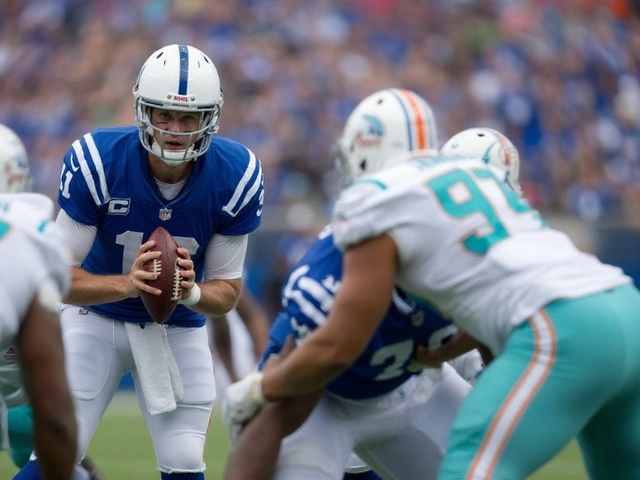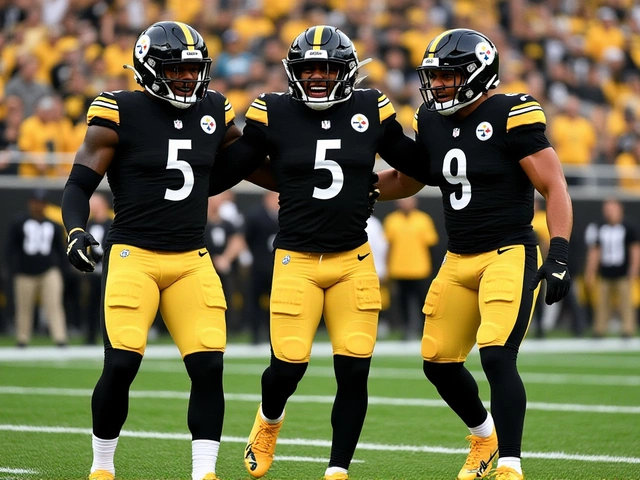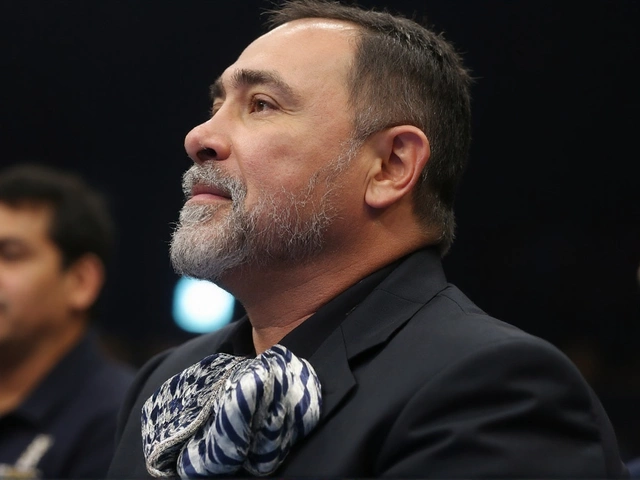Introduction: The Complex World of Live Sports Broadcasting
As a sports fan, I've always been fascinated by the live broadcast of games. The excitement, the tension, and the audience's energy all combine to create an unforgettable experience. However, I never really thought about how many people are actually needed to air a live sports broadcast. So, I decided to dig a little deeper and find out just how many individuals are required to bring this thrilling experience to our screens. In this article, I will walk you through the various sections of a live sports broadcast team and break down the roles and responsibilities of each member.
Production Crew: The Backbone of the Broadcast
At the heart of any live sports broadcast is the production crew. These are the people who work behind the scenes to create the seamless broadcast that we all enjoy. From producers and directors to camera operators and audio technicians, the production crew is responsible for capturing every moment of the game and ensuring that it is delivered to our screens in real-time. In a typical live sports broadcast, there will be at least 20-30 people working as part of the production crew, depending on the scale of the event.
Producers and Directors: Calling the Shots
Leading the production crew are the producers and directors, who are responsible for overseeing the entire broadcast. They make crucial decisions about camera angles, replays, and the overall pacing of the broadcast. A team of at least 2-3 producers and directors will work together to ensure a smooth production, coordinating with other members of the crew to create a cohesive final product.
Camera Operators: Capturing the Action
Camera operators play a vital role in any live sports broadcast, as they are responsible for capturing every moment of the game from various angles. A typical broadcast will have between 10-15 camera operators, each focusing on a specific aspect of the game, such as wide shots, close-ups, or aerial views. These camera operators work closely with the producers and directors to ensure that their shots align with the overall vision for the broadcast.
Audio Technicians: Ensuring Crystal Clear Sound
Another essential component of a live sports broadcast is the audio. Audio technicians are responsible for ensuring that the sound of the game is captured and transmitted clearly and without any disruptions. This includes the commentary, the sounds of the game itself, and the reactions of the fans in the stadium. A team of at least 3-5 audio technicians will work together to manage microphones, mixers, and other audio equipment to create a high-quality audio experience for the viewers at home.
On-Air Talent: Bringing Personality to the Broadcast
While the production crew works tirelessly behind the scenes, the on-air talent is responsible for engaging the viewers and providing insightful commentary throughout the game. A typical live sports broadcast will feature at least 3-5 on-air talents, including play-by-play announcers, color commentators, and sideline reporters. These individuals are crucial in helping viewers understand the intricacies of the game and adding personality to the broadcast.
Graphics and Stats Team: Providing Context and Clarity
In today's world of advanced technology, viewers have come to expect real-time statistics and graphics to accompany their live sports broadcasts. The graphics and stats team is responsible for creating and managing these visuals, ensuring that they are accurate and informative. A team of at least 5-10 people will work together to compile and display statistics, scores, and other relevant information throughout the game.
Replay Operators: Reliving the Best Moments
One of the most exciting aspects of watching a live sports broadcast is the ability to relive the most memorable moments through instant replays. Replay operators are responsible for identifying and queuing up these highlights, working closely with the producers and directors to determine when and how they should be incorporated into the broadcast. A team of at least 2-3 replay operators will work together to ensure that viewers don't miss a single important moment.
Transmission Engineers: Bringing the Broadcast to Your Screens
Finally, the transmission engineers are responsible for ensuring that the broadcast is successfully transmitted to viewers' screens. This includes managing satellite feeds, signal strength, and any other technical aspects that are necessary for a smooth and uninterrupted broadcast. A team of at least 2-3 transmission engineers will work together to monitor and troubleshoot any issues that may arise during the live broadcast.
Conclusion: A Team Effort for the Ultimate Viewing Experience
As you can see, airing a live sports broadcast is a complex and collaborative effort, requiring the skills and expertise of a large team of professionals. From the production crew and on-air talent to the graphics and stats team and transmission engineers, each member plays a crucial role in bringing the excitement of the game to our screens. So, the next time you sit down to watch your favorite team in action, take a moment to appreciate the hard work and dedication of the many individuals who make it all possible.





